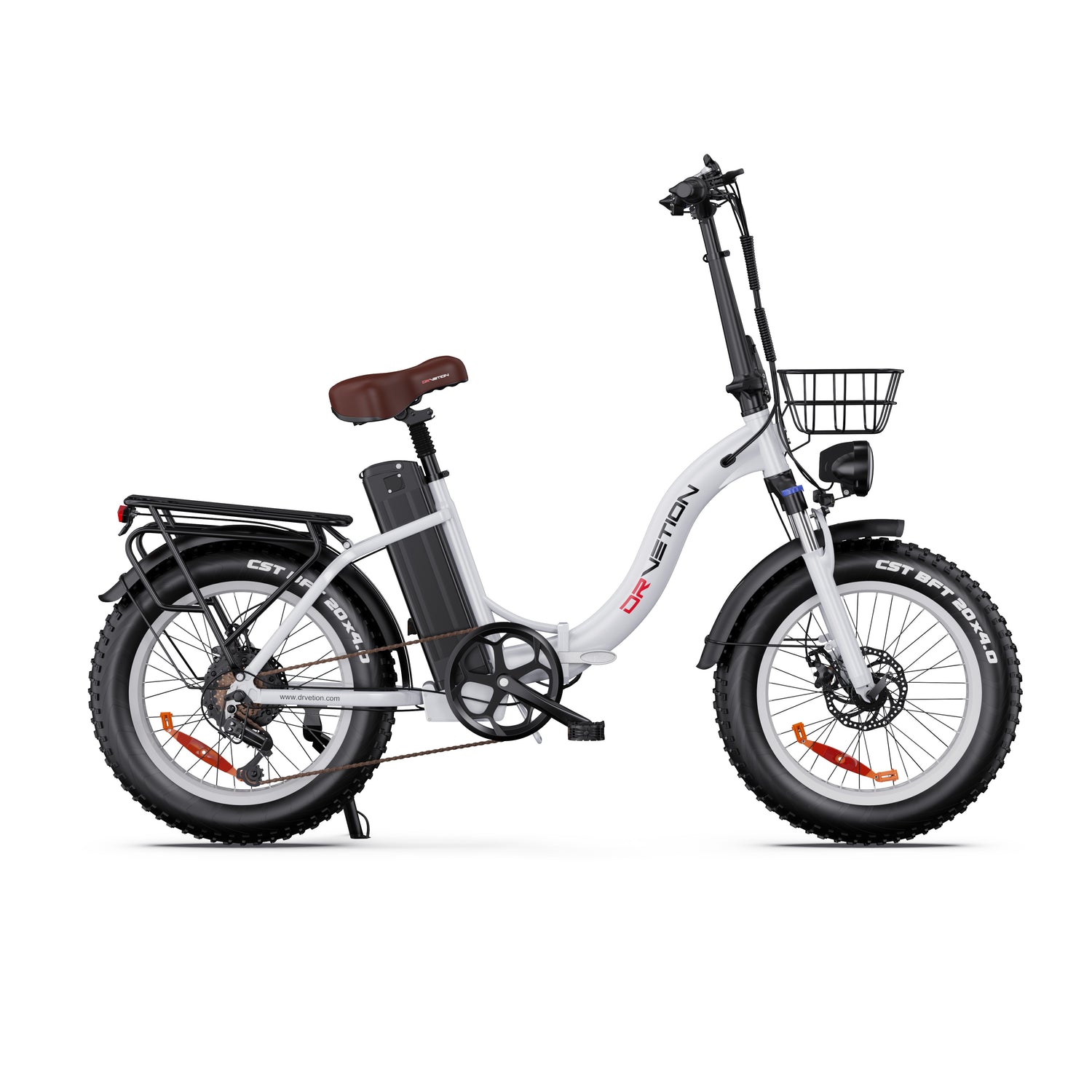The core components of an e-bike, a vehicle that combines a traditional bicycle structure with an electric drive system, can be divided into two categories: mechanical and electrical components. To determine the “most important components”, you first need to understand the function of each component and its impact on the performance of the whole vehicle.
First, the main components of an e-bike and their functions
Battery:
Usually a lithium-ion battery, it is the energy source of the e-bike and determines the range of the e-bike (usually 20-80 km). The voltage (usually 48V) and capacity (e.g. 20Ah) directly affect the output power and driving distance.
Motor:
There are hub motors (mounted on the front/rear wheels) and mid-mounted motors (located in the middle of the frame) that convert electrical energy into mechanical energy. The power (350W-1000W) affects the speed and climbing ability and is the power core.
Controller:
Equivalent to the “brain”, it regulates the current output from the battery to the motor and controls speed, acceleration and energy recovery. Its performance affects the smoothness of the ride and energy efficiency.
Frame:
The structural body that carries all the components, the material (aluminum alloy/carbon steel) affects weight, strength and riding comfort.
Brakes:
Including disc brakes, drum brakes, etc. to ensure safety. High-performance e-bikes need to be matched with stronger brakes to cope with motor speed.
Tires and Suspension:
Wide tires increase stability, and suspension systems (e.g., hydraulic damping) improve passability in complex road conditions.
Instrumentation and control interface:
Display power, speed and other information, part of the support for intelligent networking features.
Second, the most important components: battery and motor
In terms of “most important”, battery and motor are the key:
Batteries are the basis of energy, and their quality directly affects the range and life. Poor-quality batteries may cause safety hazards (e.g. fire).
The motor determines power performance, and an inefficient motor can lead to increased energy consumption or poor hill climbing.
However, the role of the controller is often underestimated. If the controller fails, the vehicle won't run, even if the battery and motor are fine. Its algorithmic optimization also improves energy efficiency and extends battery life.
Conclusion
E-bikes are highly integrated systems, with batteries, motors, and controllers indispensable. However, from the point of view of the range and power that users are most concerned about, the battery is the primary core, followed by the motor. And the stability of the controller is equally critical in long-term use. Therefore, when choosing an e-bike, you should prioritize the performance match and brand reliability of these three.


